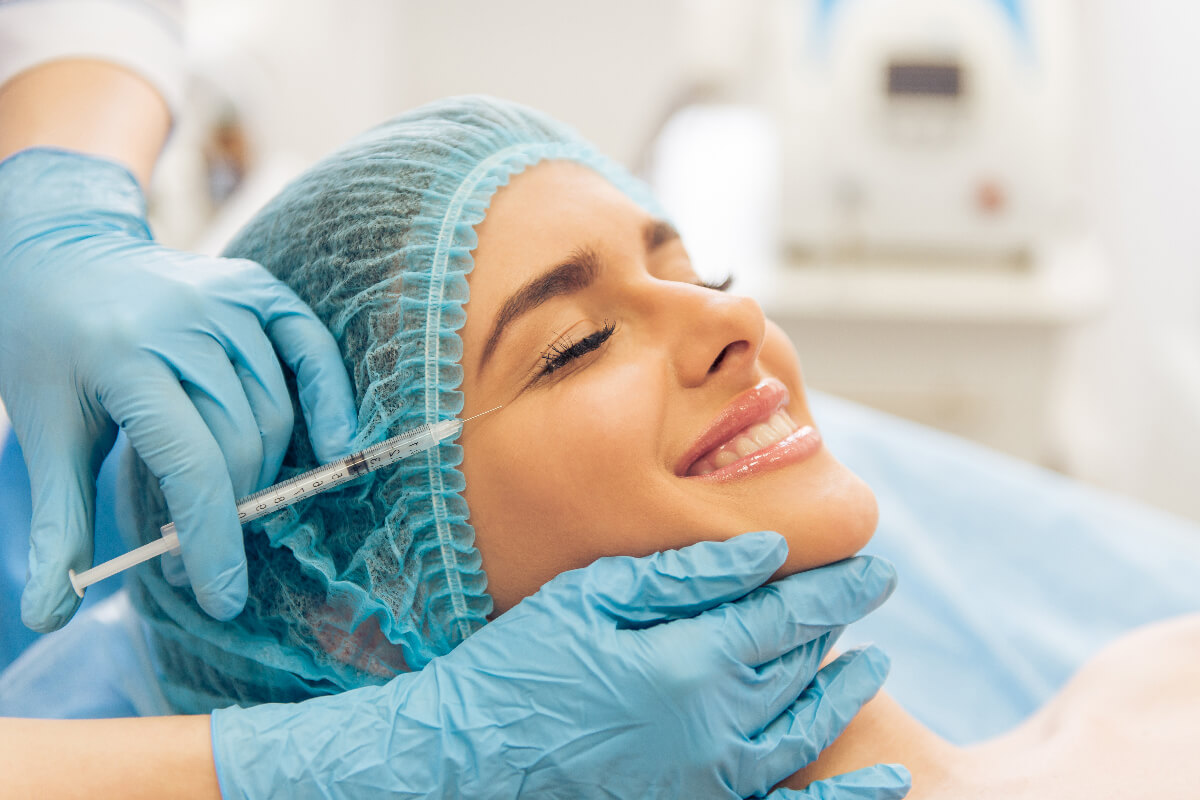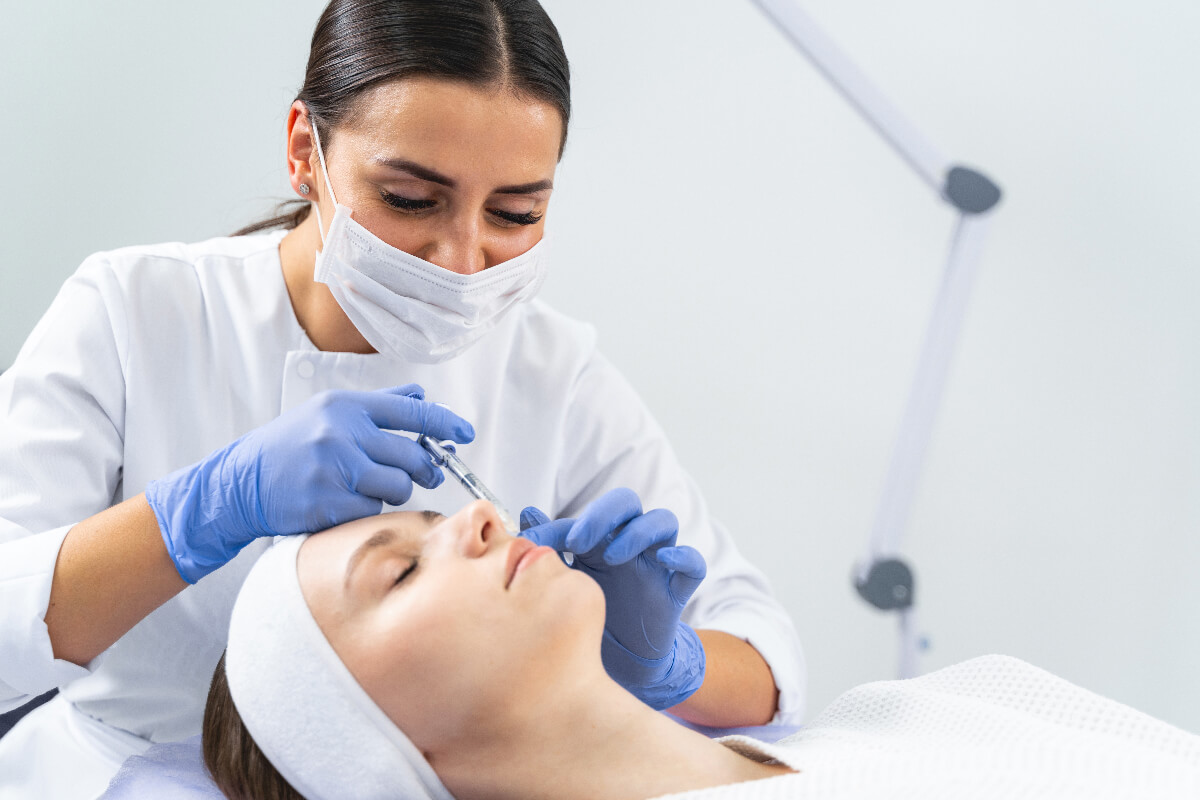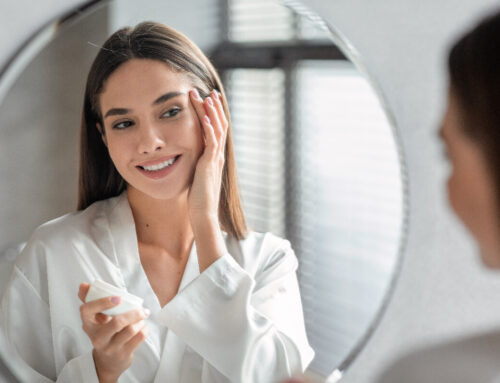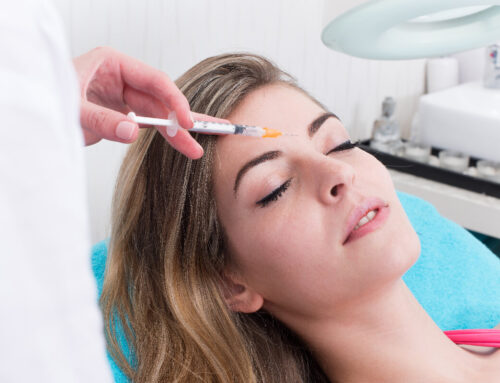The effect of Botox usually lasts 4-6 months and since Botox is a minimally invasive procedure, there is not much downtime. Here are some basic aftercare guidelines to ensure that you get the maximum benefits from the procedure. If you want to learn more about botox, please, click here.
In the next four hours…
Avoid lying down or being in a supine position. Avoid exercising or any other strenuous activities that can diffuse the Botox to other areas where it was not intended to be.
The next 24 hours…
Wait for at least 24 hours before starting your regular workout program. You are required to abstain from alcohol before your treatment. You should wait 24 hours after Botox injections before taking alcohol again because of the anti-inflammatory effect of alcohol in thinning blood, which increases the risk of bruising around the injected areas.
The next 48 hours…
Avoid the sun for 48 hours following your procedure. This prevents your blood pressure from increasing and your skin from becoming flushed under direct sunshine, which could result in bruising near the injection site. This also applies to hot tubs, saunas, tanning beds, and very hot baths.
The next three days…
- Avoid touching the affected region as much as possible for 1 to 3 days.
- Avoid massages, tight clothing, and headgear to reduce the chance of the injections becoming dislodged.
- Try to avoid sleeping on the injected areas if you can.
- Also avoid getting a facial, an exfoliating scrub, dermal fillers, or other similar procedures.
Discuss with your specialist
Finally, ask your doctor if there are any other instructions you need to follow. Ask if any medications you are currently taking for unrelated problems could impact your Botox aftercare. Do this even if the drug does not affect the injected locations.
Does Botox have side effects?
Most of the time, Botox injections are safe when done by a qualified physician. If your Botox injections aren’t prepared according to FDA regulations or if an untrained professional administers them, you are more likely to experience side effects and complications. Below is a list of some common side effects and instructions on handling them.
Minor bruising, swelling, and pain
Botox and filler reactions typically occur close to the injection site. Following a Botox injection, mild pain, edema, and bruising are typical. When a blood vessel is damaged, the surrounding area bleeds, which results in bruises. To reduce the occurrence of bruises;
- Keep your chin higher than your heart.
- Apply ice at regular intervals for two to three days after treatment
- Avoid consuming alcohol the day before and right after injections.
- If possible, stay away from blood thinners.
- Avoid strenuous activity for 1-2 days after therapy.
Please consult your doctor for specific advice if you take any supplements or medications.
Flu symptoms
The symptoms are often mild to moderate and manifest within the first month of treatment. They include upper respiratory tract infections with fever and tiredness.
How to handle it
Similar to any flu, symptoms are easily manageable. Take these quick actions for recovery:
- Rest
- Drink a lot of water.
- Acetaminophen for fever and body aches
- Take a hot bath.
- Use a humidifier
Migraine
Some individuals may feel headaches after receiving injections in the forehead.
How to handle it
You can easily handle this with an over-the-counter (OTC) drug like acetaminophen. Using an OTC should reduce your headache within a few hours or days. Always talk to your doctor about your symptoms so that they can provide advice to your specific situation.
Diarrhea and nausea
One to ten percent of patients may experience nausea, an upset stomach, or constipation. Mild or moderate symptoms are commonly experienced for a few days to two weeks.
How to handle it
- Increase your fruit and vegetable intake.
- Having ginger tea will help you feel better.
- Consume bland, fat-free foods.
- Take a fiber supplement or stool softener.
- Take a hot bath
- 3-5 times a week of light exercise
Dry Mouth
Your mouth may feel dry after receiving Botox injections. This is not unusual, and it typically goes away in a few days. Any of the following signs of dry mouth brought on by your injections could be present:
- Mouth feels dry or gummy
- Saliva is viscous or tangled.
- You experience a dry or hoarse throat.
- You’re having swallowing issues.
How to handle it
- Frequently sip small amounts of water
- Eat sugar-free sweets
- Gum without sugar to chew
- Use mouthwash free of alcohol.
- Avoid using your mouth to breathe.
Dysphagia or Swallowing Issues
The response to Botox can vary among patients. Dysphagia can occur even after performing the procedure with utmost expertise. While a given dose may not be enough for one patient, it can be too much for another. This may cause the toxins to spread to the adjacent muscles. This occurs within some days of treatment and usually resolves. It’s important to let your physician know the symptoms you are experiencing, as future doses may need to be adjusted.
How to handle it
- Put some foods in your mouth and consume thoroughly
- Have some water close while eating to push the food down
- Try eating only soft foods and avoid hard ones
- If you find swallowing of fluids difficult, try to sit up and using a straw to sip
Drooping eyelids
Migration of Botox to the forehead or the area between the eyes can result in a droopy eyelid. Some Botox may escape into the upper eyelid and paralyze the muscle of the upper eyelid. This can cause a drooping eyelid.
How to handle it
Droopy eyelids will resolve in four to six weeks, but you can ease symptoms with these treatments:
- Using Apraclonidine eye drops
- More Botox to counteract the relaxed muscle
Choosing the right doctor can significantly reduce the risk of side effects such as drooping eyelids.
Would you like to know if Botox is right for you? For more information about Botox and Botox safety, contact us at Eye Candy Vision and Beauty Clinic, Arcadia to request a consultation.
MEDICAL ADVICE DISCLAIMER: All content in this blog and description including: information, opinions, content, references and links is for informational purposes only. The Author does not provide any medical advice on the Site. Accessing, viewing, reading or otherwise using this content does NOT create a physician-patient relationship between you and its’ author. Providing personal or medical information to the Principal author does not create a physician-patient rela-tionship between you and the Principal author or authors. Nothing contained in this blog or it’s description is intended to establish a physician-patient relationship, to replace the services of a trained physician or health care professional, or otherwise to be a substitute for professional medical advice, diagnosis, or treatment. You should consult a licensed physician or appropriately-credentialed health care worker in your community in all matters relating to your health.






